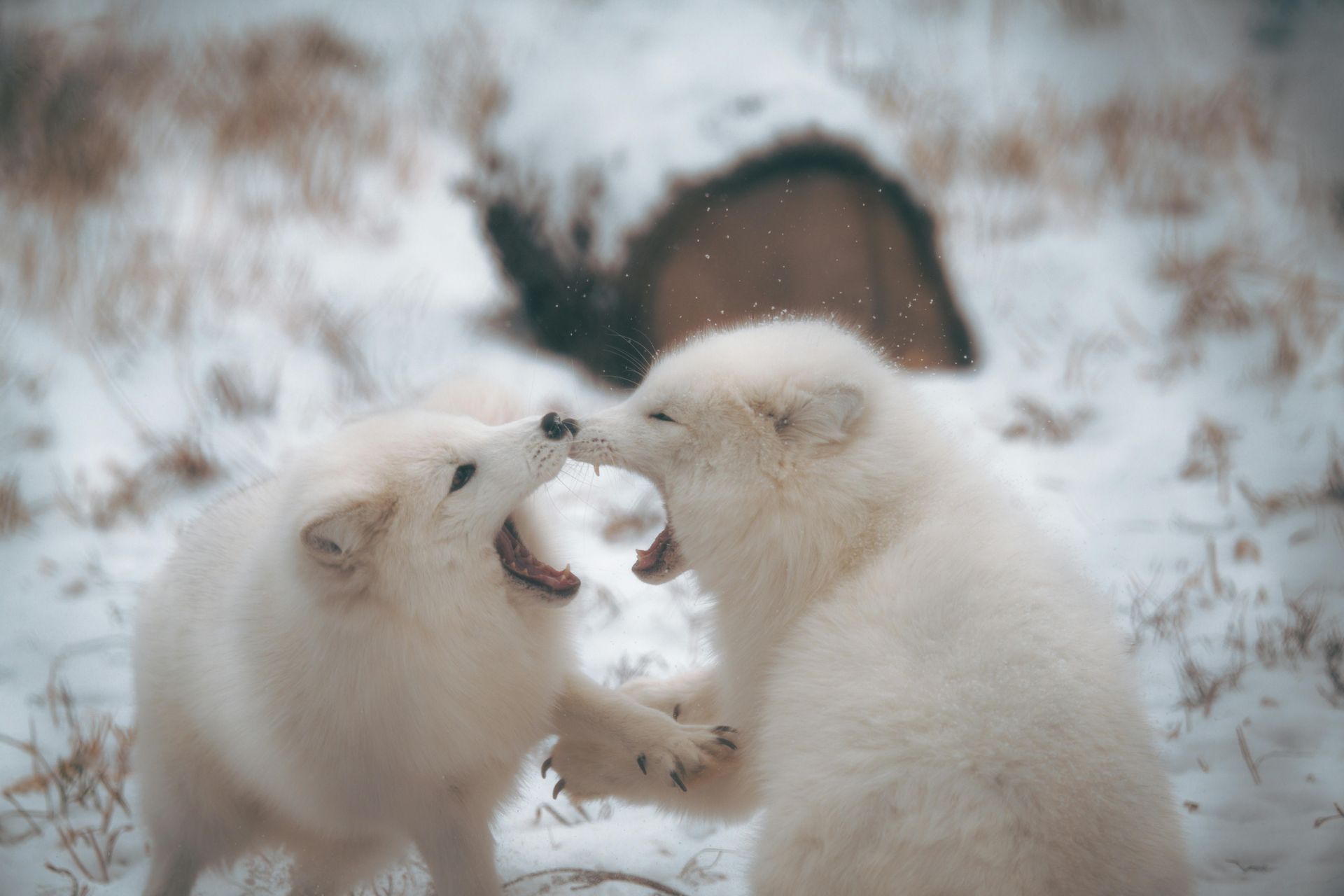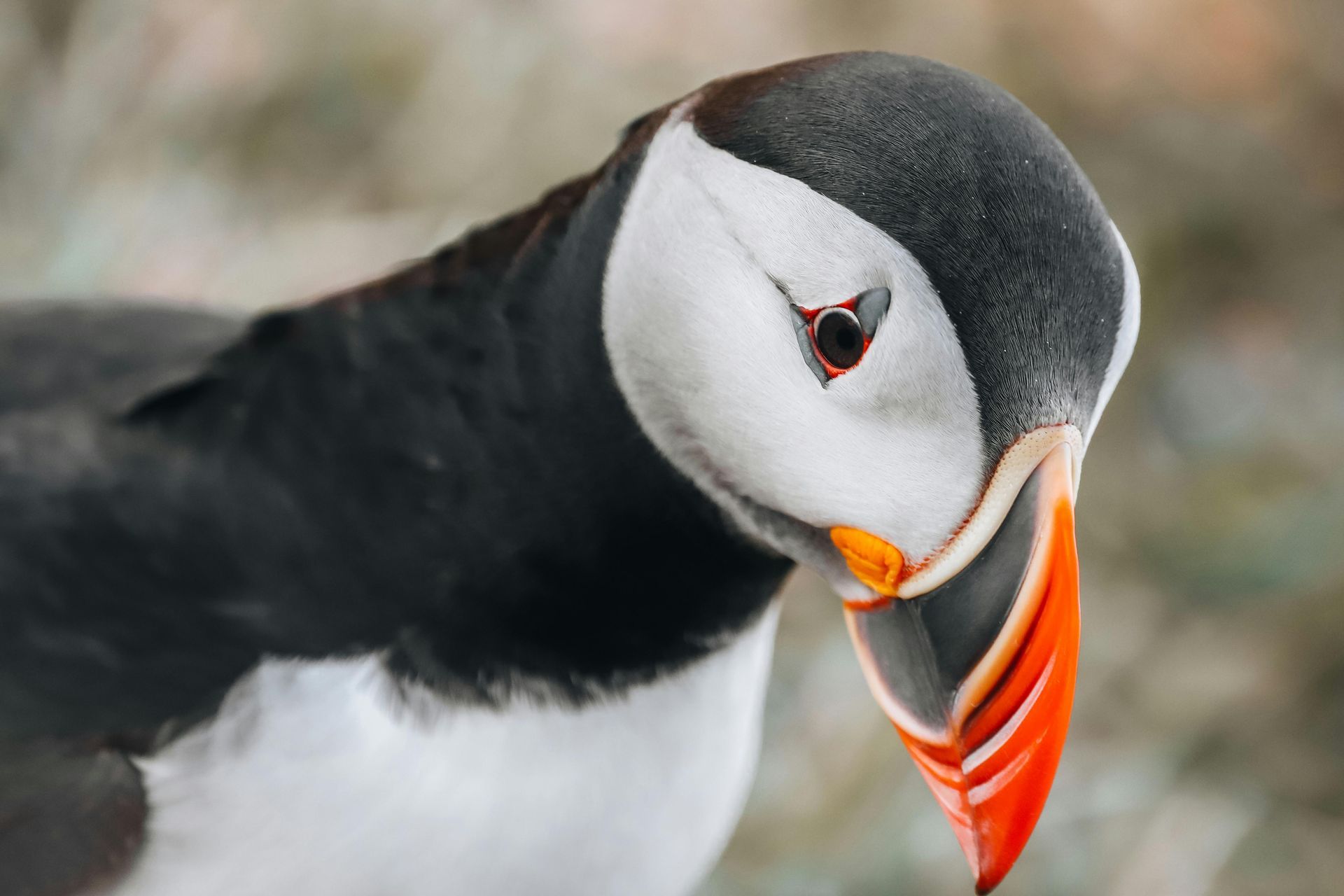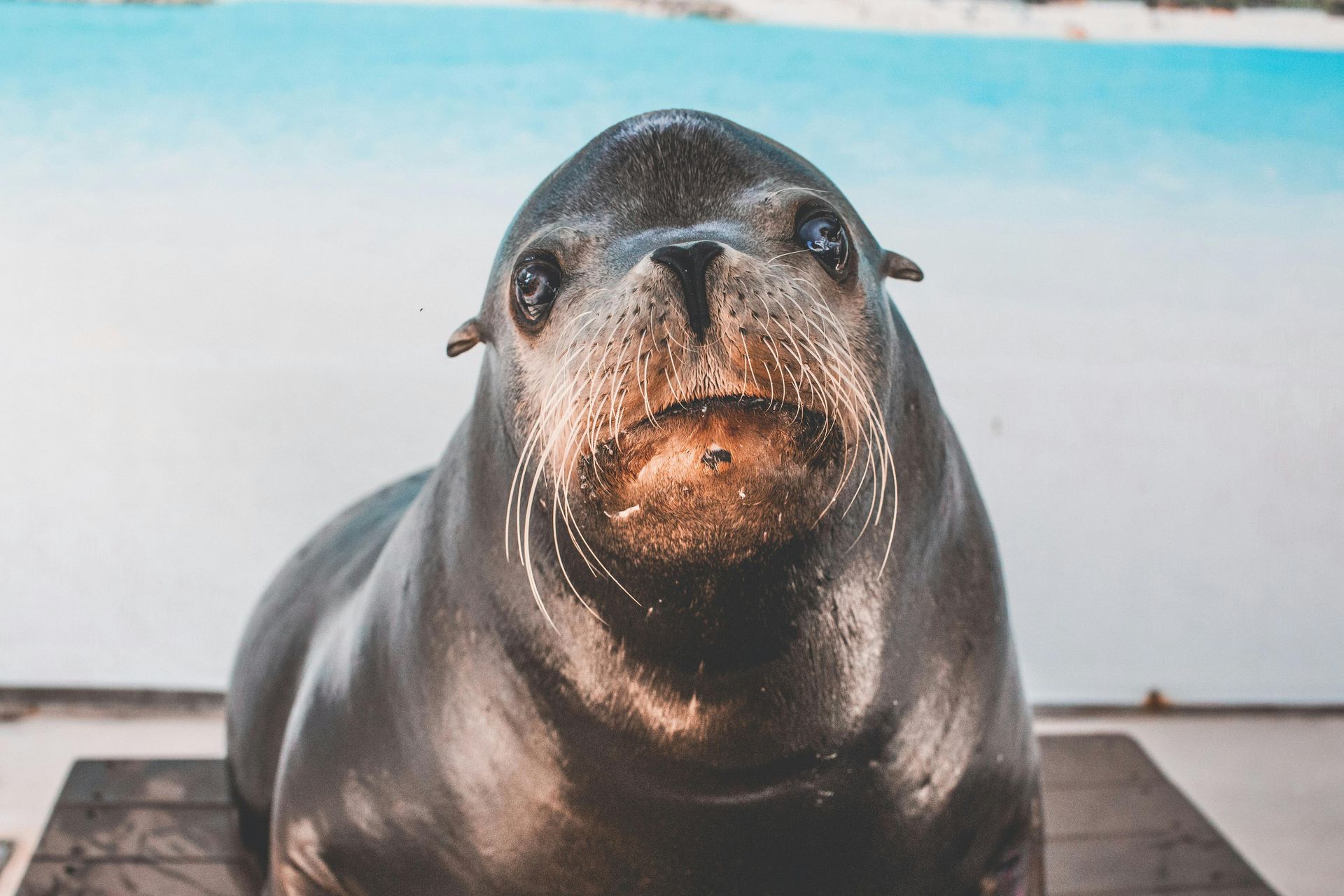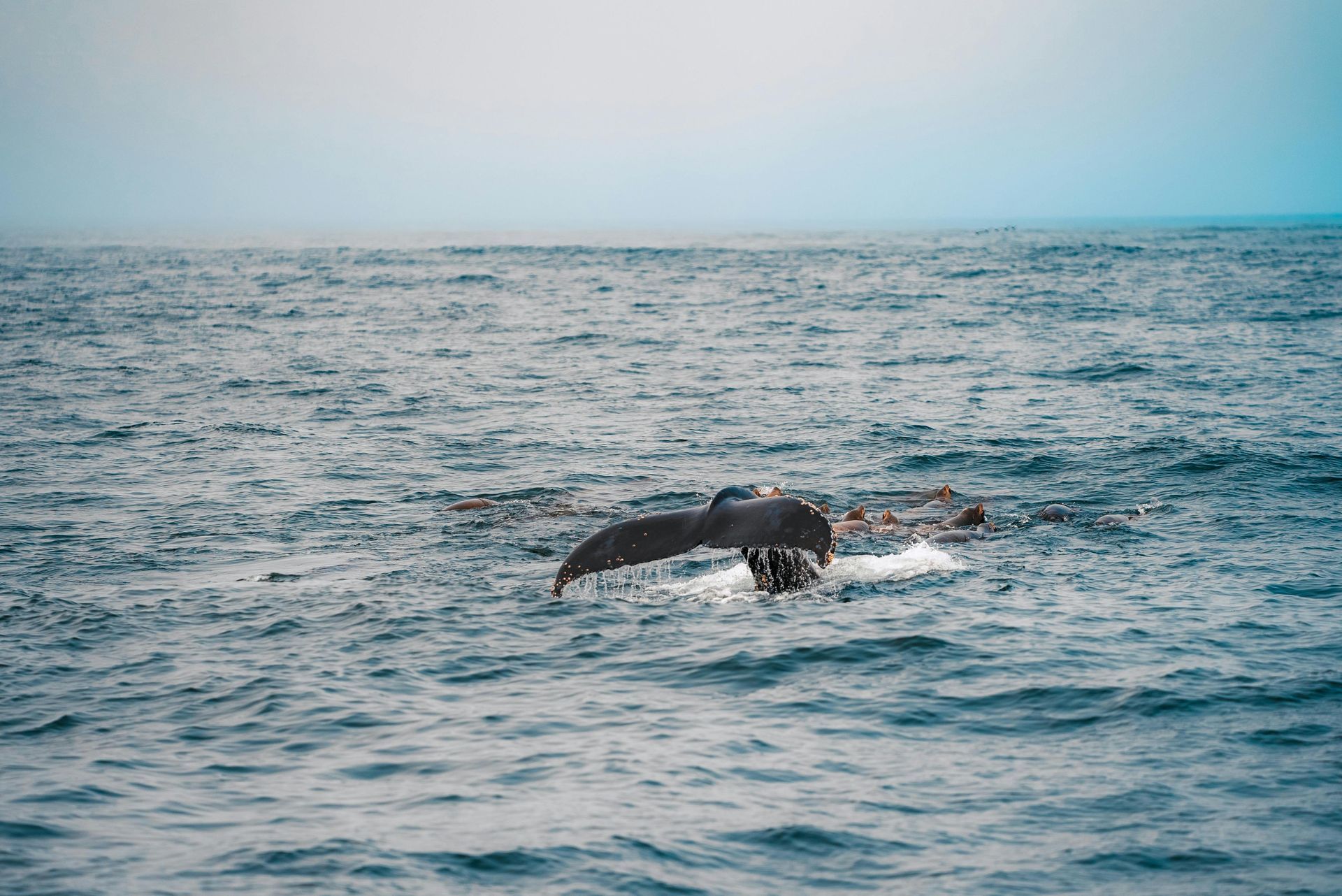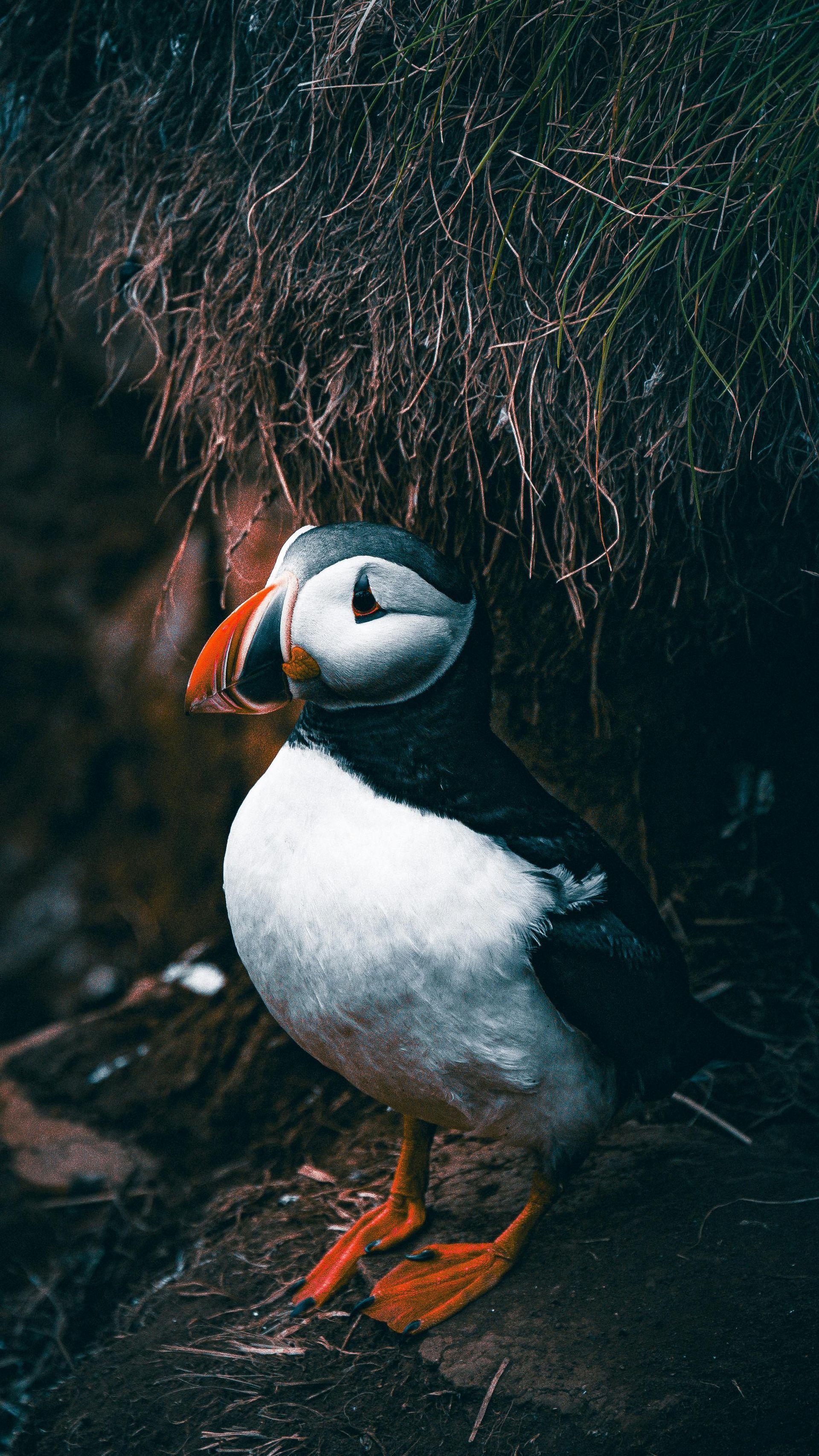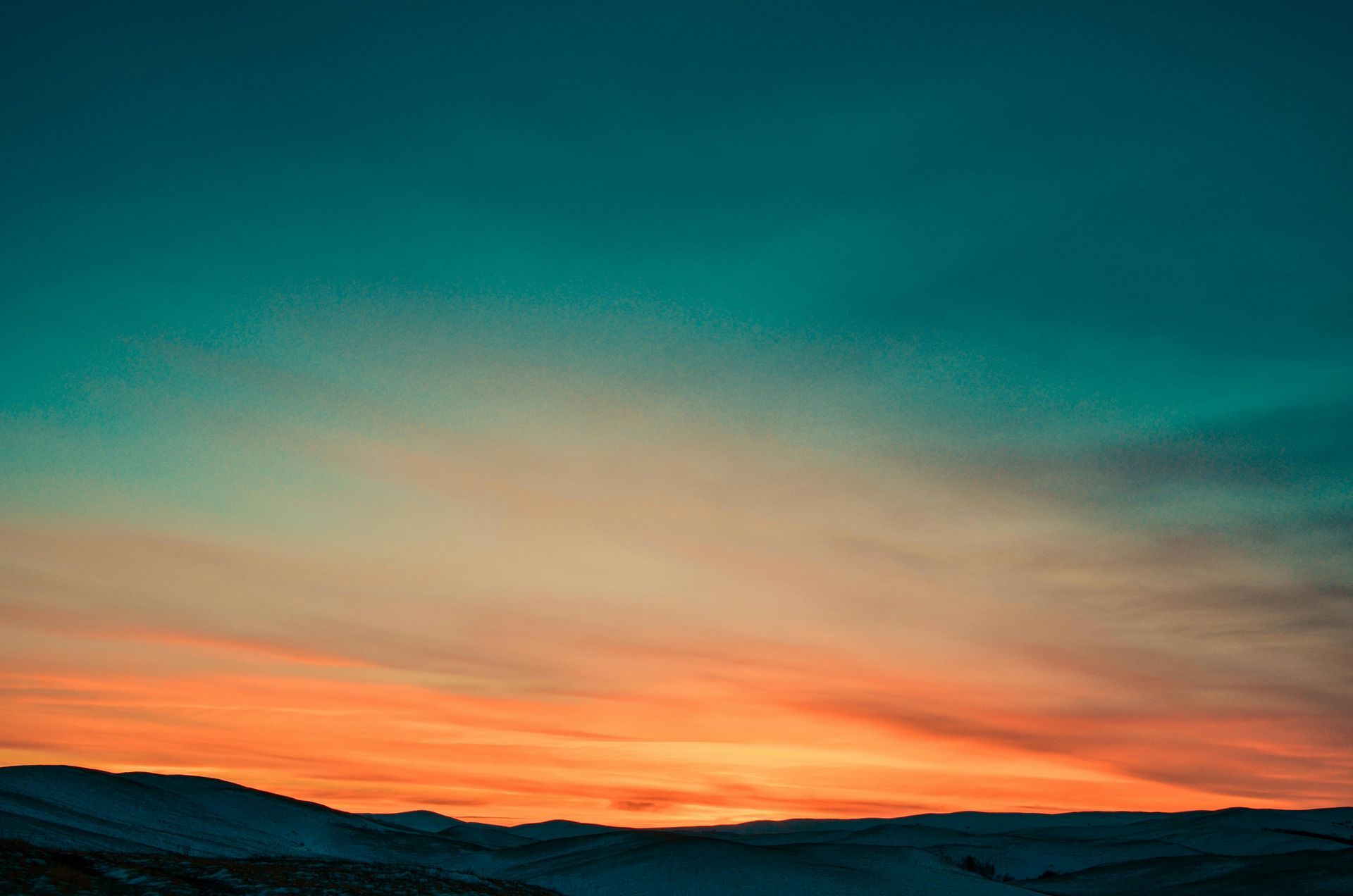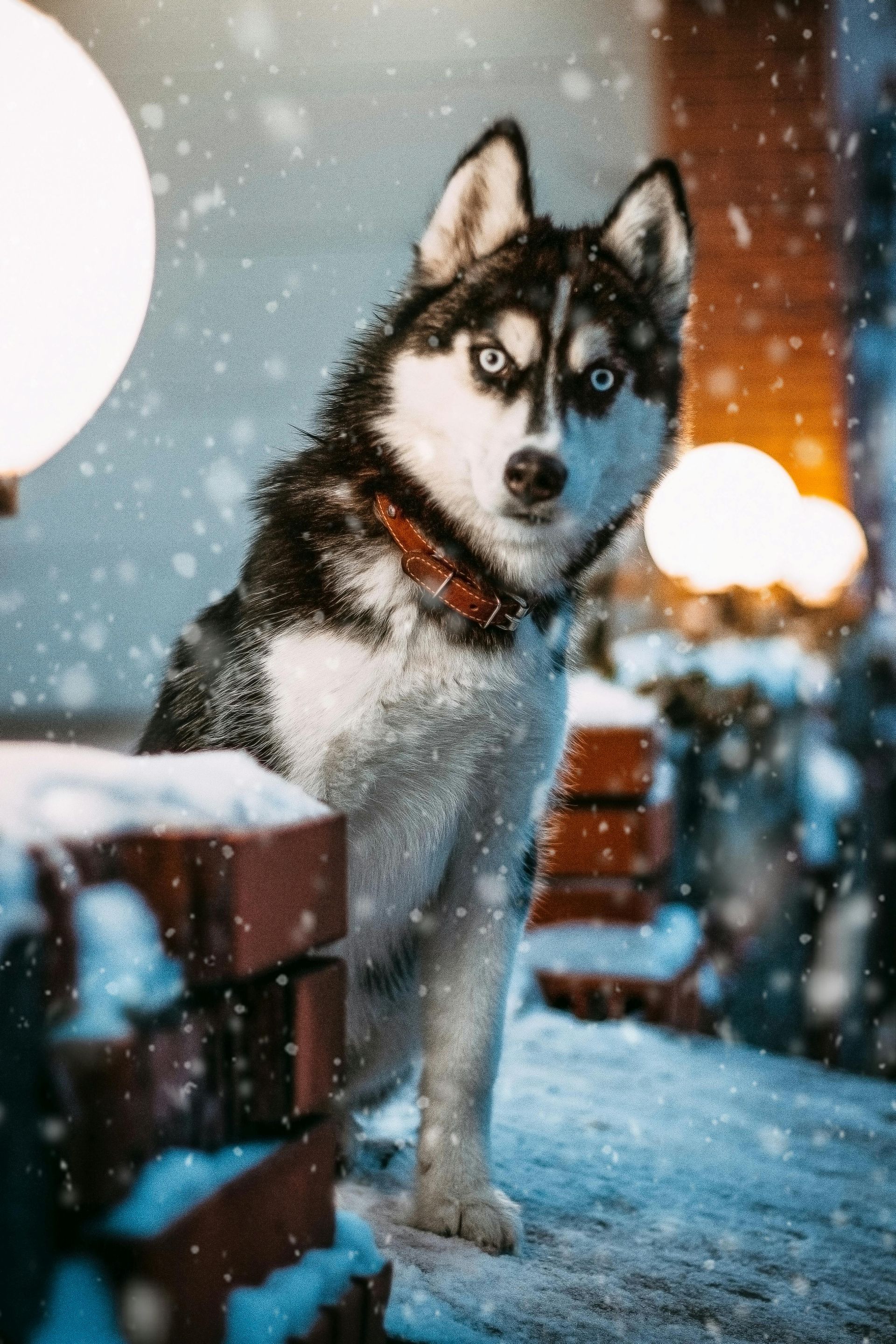Walruses: The Gentle Giants of Svalbard’s Shores
Walruses: The Gentle Giants of Svalbard’s Shores
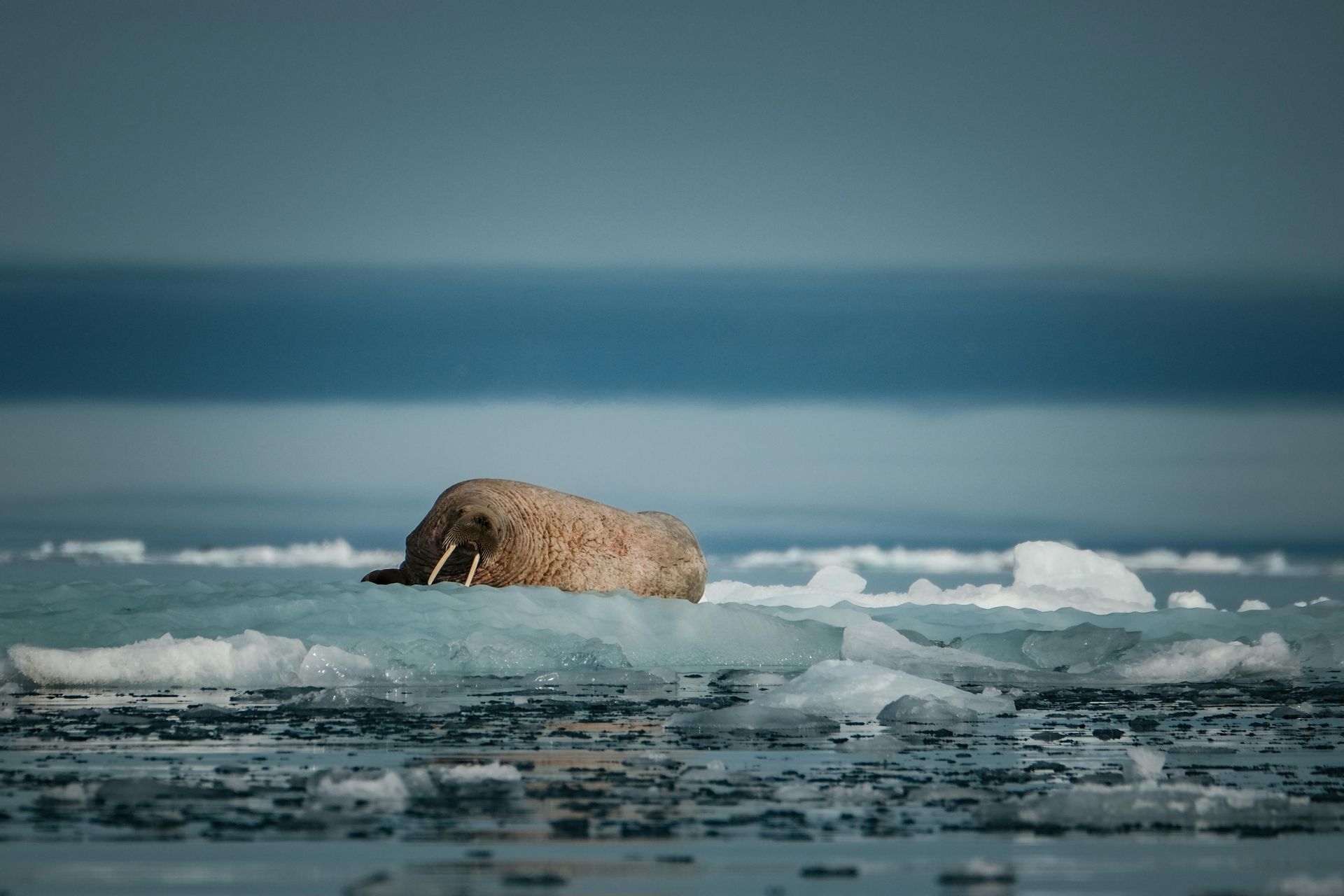
Hauling themselves out of icy waters and onto pebble-strewn beaches, walruses are among Svalbard’s most iconic marine mammals. Their massive bodies, wrinkled skin, and dramatic tusks make them instantly recognizable, and their presence on the archipelago offers one of the most unforgettable wildlife experiences in the Arctic. Though imposing in size, these creatures are social, surprisingly gentle, and a critical part of the fragile marine ecosystem surrounding Svalbard.
Weighing up to 1,200 kilograms for males and slightly less for females, walruses are built for Arctic life. Their thick blubber insulates them from freezing temperatures, while their powerful flippers allow for surprisingly graceful movement both in water and across slippery ice. The most distinctive feature, of course, is their tusks—elongated canine teeth that can grow over a meter long. These tusks aren’t just for show. Walruses use them to haul themselves out of the sea, establish dominance in social groups, and defend against potential predators like polar bears and orcas.
The waters around Svalbard are prime walrus territory, especially in the summer months when they come ashore in large herds to rest and socialize. Favored haul-out spots include coastal beaches on Prins Karls Forland, Moffen Island, and the eastern and northern parts of the archipelago. Observing a huddle of walruses lounging in the midnight sun is a remarkable sight—hundreds of massive bodies pressed together, grunting, snorting, and occasionally flapping their flippers or jostling for space.
In the water, walruses are much more active than their beach-bound appearance suggests. They are deep divers, capable of descending over 80 meters in search of food. Their diet consists mostly of benthic invertebrates, especially clams, which they detect using sensitive whiskers called vibrissae. With powerful suction, they extract the meat from shells, often leaving behind vast patches of disturbed seafloor. Their role in the ecosystem as benthic feeders helps stir up nutrients and support other marine life in the Arctic food web.
Walrus populations in Svalbard suffered heavily during the 19th and early 20th centuries due to commercial hunting for their tusks, oil, and hides. Thankfully, strict protection and conservation measures have allowed their numbers to recover steadily. Today, encountering walruses in Svalbard is not only possible—it’s becoming increasingly common, especially on guided boat tours and wildlife safaris.
For travelers, walruses are a highlight of any summer visit. While they can be observed from shore in a few areas, most encounters happen by sea. Zodiac and expedition cruises offer a respectful distance and a silent approach, letting visitors witness these animals in a calm, natural setting. It’s essential to follow local guidelines to avoid disturbing them—noise, close proximity, or sudden movements can cause entire herds to panic and stampede into the water, risking injury or death.
Despite their bulk, walruses are sensitive and complex animals. Their social interactions are layered, with males competing during the breeding season using vocalizations and physical displays, while females tend to be more communal, often resting with calves in quieter groups. Calves stay with their mothers for up to two years, learning to swim, dive, and feed in the cold Arctic seas. Seeing a mother walrus cradle her young between her flippers is a surprisingly tender Arctic moment.
Climate change poses a new challenge to these animals. As sea ice diminishes, walruses are forced to rely more on land-based haul-outs, sometimes further from their traditional feeding grounds. This can result in increased energy use and potential stress on populations. As with many Arctic species, the walrus’s future depends on the balance between human impact, conservation, and a rapidly changing environment.
Yet for now, they endure. The walruses of Svalbard remain one of the archipelago’s most enduring and charismatic wildlife experiences. Watching them bask, bicker, and dive beneath the cold waves is a powerful reminder of the scale and beauty of Arctic nature—massive, wild, and often more peaceful than we expect.



